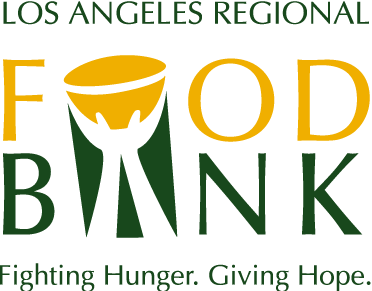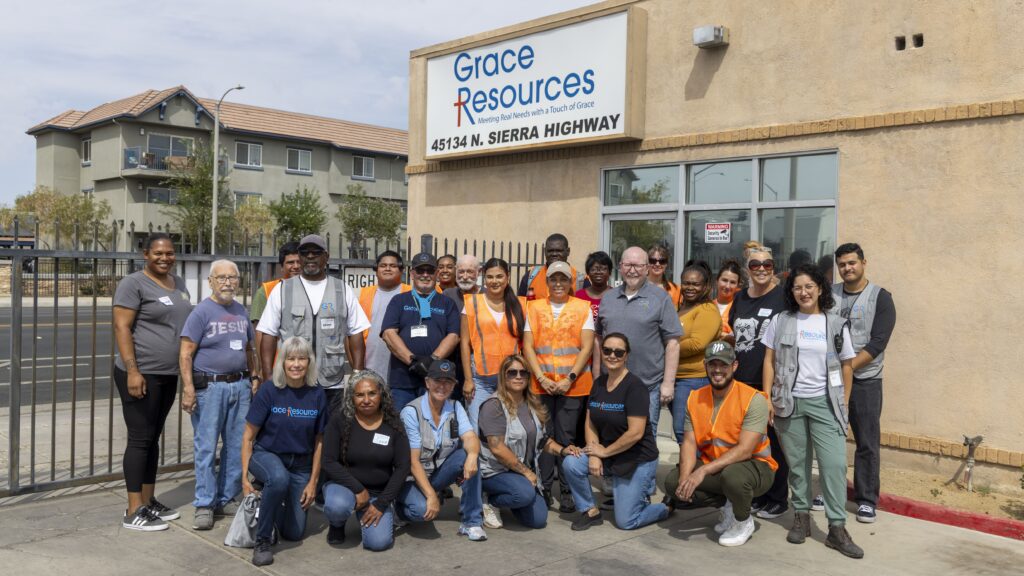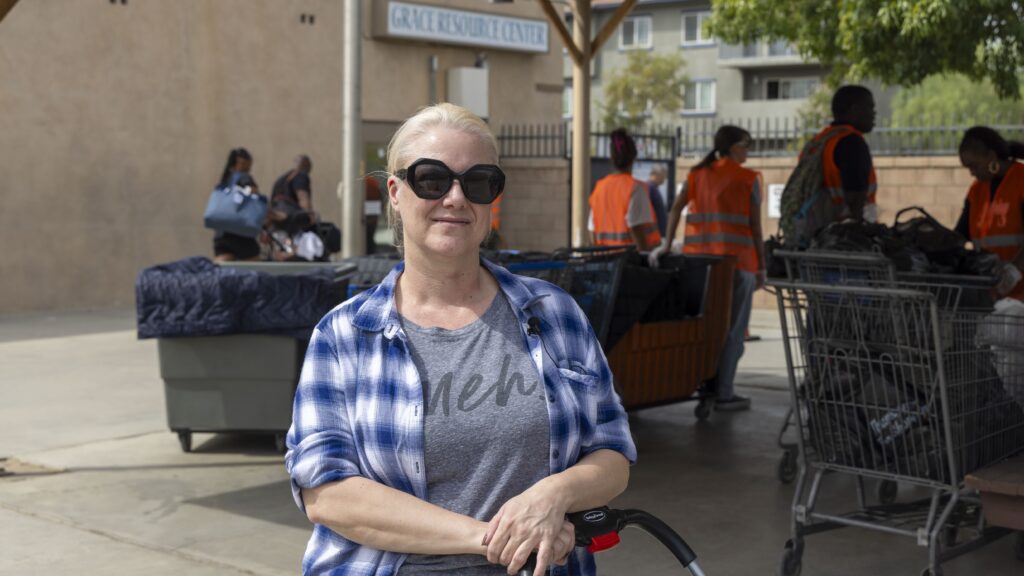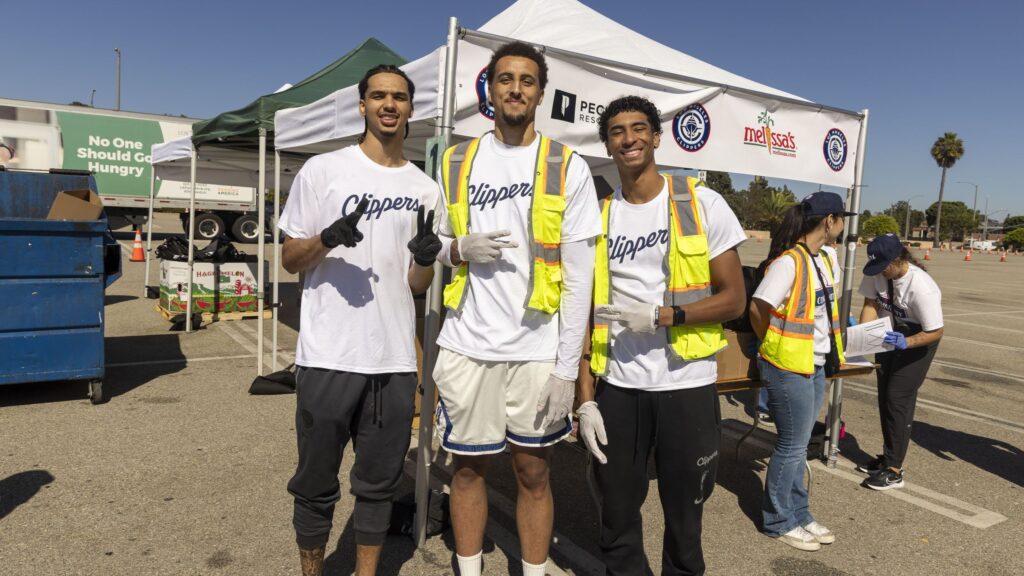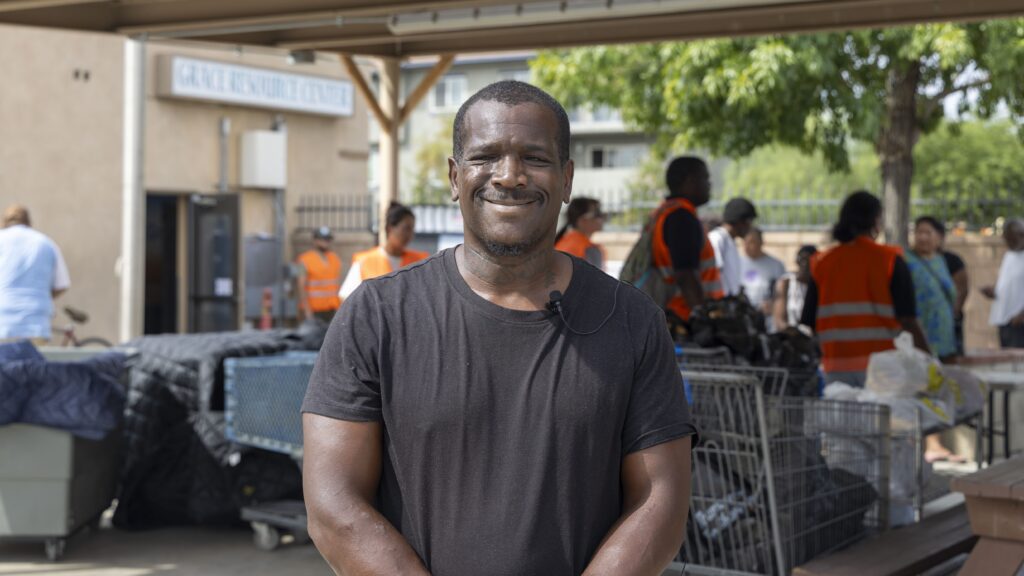How Does the Food Bank Respond to Disasters?
How Does the Food Bank Respond to Disasters?
The Food Bank is one of the thousands of organizations that spring into action with Cal OES and ENLA when disaster strikes in Los Angeles County
When a major disaster strikes Los Angeles County, the Los Angeles Regional Food Bank is among the thousands of organizations that spring into action along with California Governor’s Office of Emergency Services (Cal OES) and Emergency Network in Los Angeles (ENLA). Working alongside Cal OES and ENLA, the Food Bank prepares, responds, and helps in recovery efforts in case of a major disaster. Many of these disasters include earthquakes, wildfires, floods, and biological disasters like the recent COVID-19 pandemic.
Learn more about how the Food Bank prepares, responds, and aids in recovery efforts in the case of a disaster in Los Angeles County.
Preparing for a Major Disaster
The Food Bank works with thousands of nonprofit organizations throughout Los Angeles County to help feed individuals and families in need. From Long Beach to the Antelope Valley, the Food Bank counts with more than 600 partner agencies to help maximize the reach of individuals that receive food. Some of these agencies may serve as food distribution sites, soup kitchens, or shelters for those impacted.
The Food Bank Responds
The COVID-19 pandemic was the most recent biological disaster that the Food Bank responded to. Prior to the pandemic, the Food Bank served hundreds of thousands of individuals each month. Once the pandemic struck Los Angeles County, the Food Bank began massive drive-through food distributions, in conjunction with County Supervisors. Nearly a million individuals were served at the peak of the pandemic, tripling the number of people seeking food assistance, as many lost their jobs, or lost a source of income during this time.
Additionally, the Food Bank supported various agencies to deploy home deliveries to seniors or individuals who were home-ridden due to the stay-at-home orders. Many agencies received cargo and refrigerated vans, in addition to additional food, in order to provide those at high risk of contracting the virus from leaving their homes.
Helping a Community Recover
By providing emergency food assistance, supporting partner agencies, operating mobile food pantries, facilitating meal programs, coordinating volunteers, and promoting community outreach and education, the Food Bank contributes to the recovery efforts in LA County, ensuring that individuals and communities have access to food and necessary resources during times of crisis.
The Food Bank relies heavily on the generosity of the community in order to support programs that help the community in a time of need. If you are in a position to do so, consider donating to the Food Bank and helping our neighbors in need.

